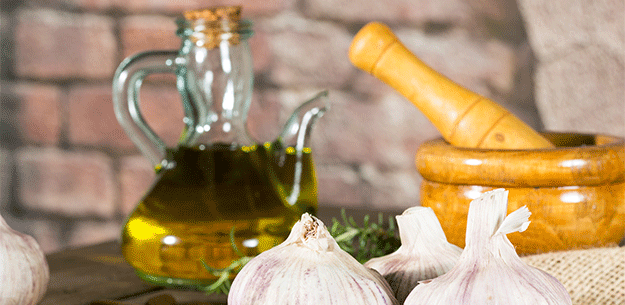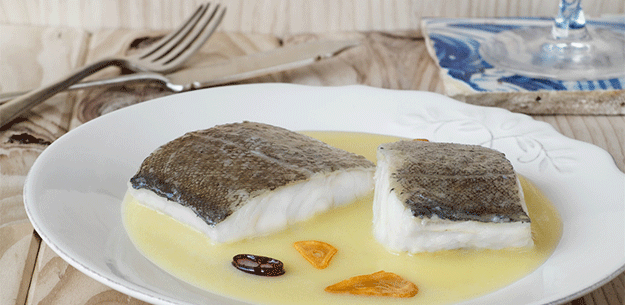.png.transform/rendition-xs/image_image%20(1).png)
Emulsion
If mayonnaise seems one of the most mundane of preparations, a ready-made sauce available in a jar, just imagine the culinary wizardry—as amazing as any technique in modern cuisine—required to invent it. Who could imagine that olive oil stirred, drop by drop, into egg yolks would thicken and expand in volume, creating a luscious, creamy sauce?
Legend has it that mayonnaise was invented in Mahón on the Spanish island of Menorca in the Mediterranean Balearic Islands. It was supposedly discovered there in 1756 by the Duke of Richelieu, chief of the French invading forces, who either first ate it served by a lowly innkeeper or, possibly, by a saucy lady from Menorca who delighted the duke. He is said to have popularized the sauce in Paris, calling it sauce mahonnaise.
Who's to dispute a legend? Mayonnaise is probably of Spanish origin. That’s because mayonnaise is an oil-based sauce and Spain, historically, is the biggest producer of olive oil. It is the one classic sauce which is known in every household in Spain, from the rich to the poor, from the north to the south.
Mayonnaise is but one of several oil-based emulsified sauces to be found in Spanish cooking. Others are alioli and pilpil. Even gazpacho starts out as an emulsion. An emulsion results when droplets of oil are suspended in a liquid or emulsifying agent such as egg yolk. Sometimes an ingredient such as bread or ground nuts acts as a stabilizer, preventing the oil from separating out from the liquid.
Traditional mayonnaise is hand-made, a leisurely process. Egg yolks are placed in a deep mortar or small bowl. Olive oil is beaten into the yolks, a few drops at a time, until it is slowly incorporated. A single yolk will absorb up to 250 ml (1 1/8 cups) of oil.
As the yolks absorb the oil, the sauce magically thickens, emulsifies and expands. The resulting sauce hardly resembles its two basic ingredients at all. Seasoned with salt and vinegar or lemon juice, olive oil mayonnaise makes a delicious addition to salads, vegetables, fish and shellfish, meat and poultry.
Alioli and gazpacho
Authentic alioli sauce is an emulsion of pounded garlic and olive oil and requires patience and skill to achieve. Garlic is crushed in a mortar and oil is added, drop by drop, until the garlic absorbs all of the oil. Nowdays, it is often made by adding crushed garlic to mayonnaise. Nevertheless, good quality olive oil is still a defining ingredient.
Gazpacho at the source, the fields of Andalusia, was simple peasant food: bread pounded in a mortar or wooden bowl with garlic and olive oil to make a thick paste, to which cool water was added along with whatever vegetables were available, usually tomatos and green peppers. Bread stabilizes the emulsion, so that the oil does not separate when water is added. White gazpacho such as ajo blanco is made similarly, with bread as well as pounded almonds.
The Basque dish, salt cod pilpil, is as amazing as mayonnaise, a thick emulsified sauce of olive oil and garlic, thickened by the gelatin in the skin of the cod. Prepared in a cazuela, an earthenware casserole, the dish requires a slow and constant swirling as the oil is incorporated into the cod’s juices.
Janet Mendel is a food writer based in southern Spain. She is the author of several books about Spanish food, including Cooking in Spain and Tapas: a bite of Spain (Santana Books, Spain); My Kitchen in Spain and Cooking from the Heart of Spain-Food of La Mancha (Harper Collins), and Traditional Spanish Cooking (Frances Lincoln, UK).


- Emulsions 1
- Emulsions 2
